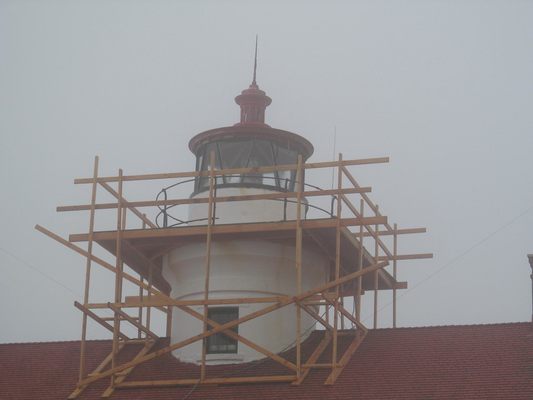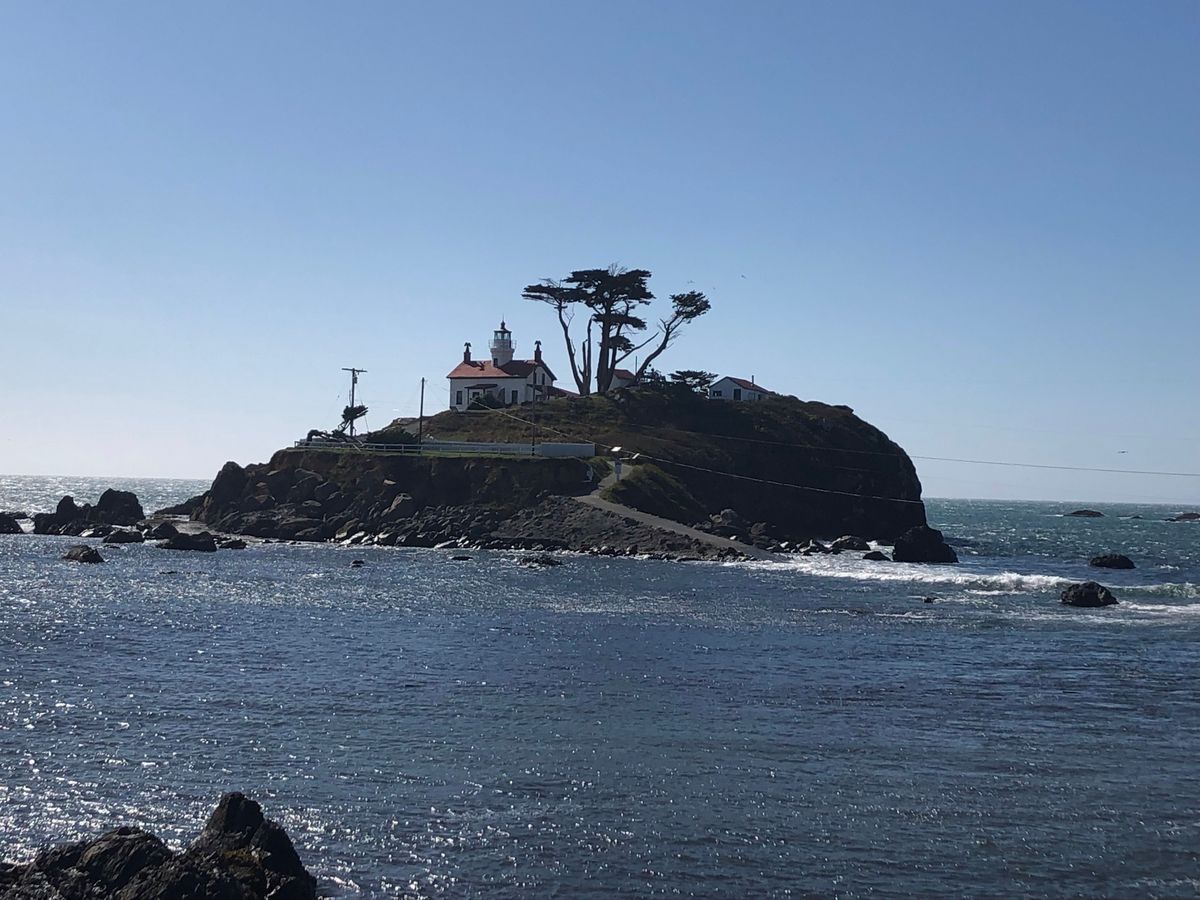About
On the northern coast of California, just minutes away from the Redwoods, the glow of the Battery Point Light spills out across the water each night, warning passing ships of the rugged coastline. One of the oldest operating lighthouses in the state, the museum-in-a-lighthouse has been active since 1856. The lighthouse has been automated for decades, but resident caretakers continue to inhabit the building, tending to the tower, operating the museum, and offering tours of the premises.
Over the centuries, the tiny island on which Battery Point Light is perched has endured strong winds, violent storms, and massive waves that have flooded the lighthouse on more than one occasion. In 1964, a devastating earthquake sent seismic waves racing toward California’s northern coast, slamming Crescent City with 20-foot swells. Nevertheless, the lighthouse remained intact, and its keepers, watching from above, offered some of the most harrowing accounts of the tsunami.
Visitors can learn more about the history of the lighthouse and its keepers at the in-house museum, which is open to the public every day from 10 a.m. to 4 p.m.. Those who wish to venture out to Battery Point Light, however, will have to do so carefully; the pathway connecting mainland Battery Point to the tiny island periodically disappears beneath the waves during high tide. When the tide recedes, one can easily walk along the rocky stretch of land to access the lighthouse and surrounding grounds, exploring the wildflowers, tree branches draped with buoys, and tide pools full of urchins and sea stars.
Related Tags
Know Before You Go
While the lighthouse is open to the public from 10 a.m. to 4 p.m., be sure to check the tide charts before planning your trip, as the island is only accessible during low tide. Admission to the museum and a tour of the grounds costs $5 for adults and $1 for those 18 and under.
Community Contributors
Added By
Published
June 23, 2020















































